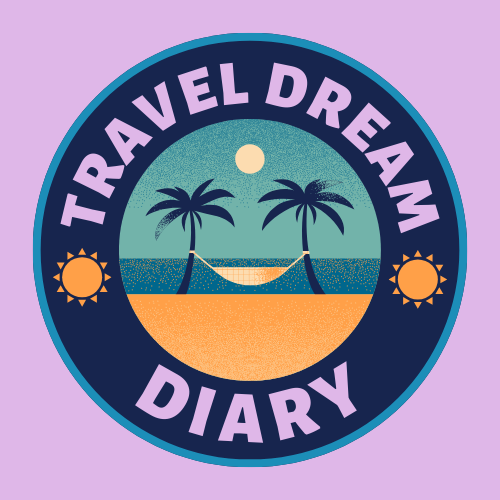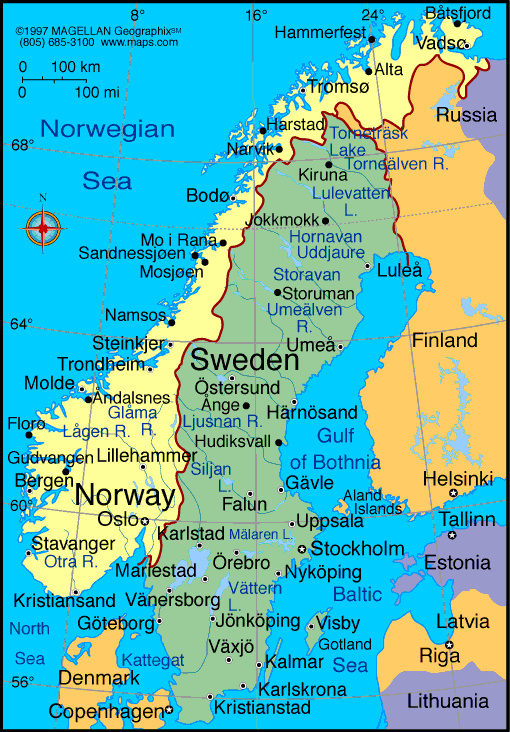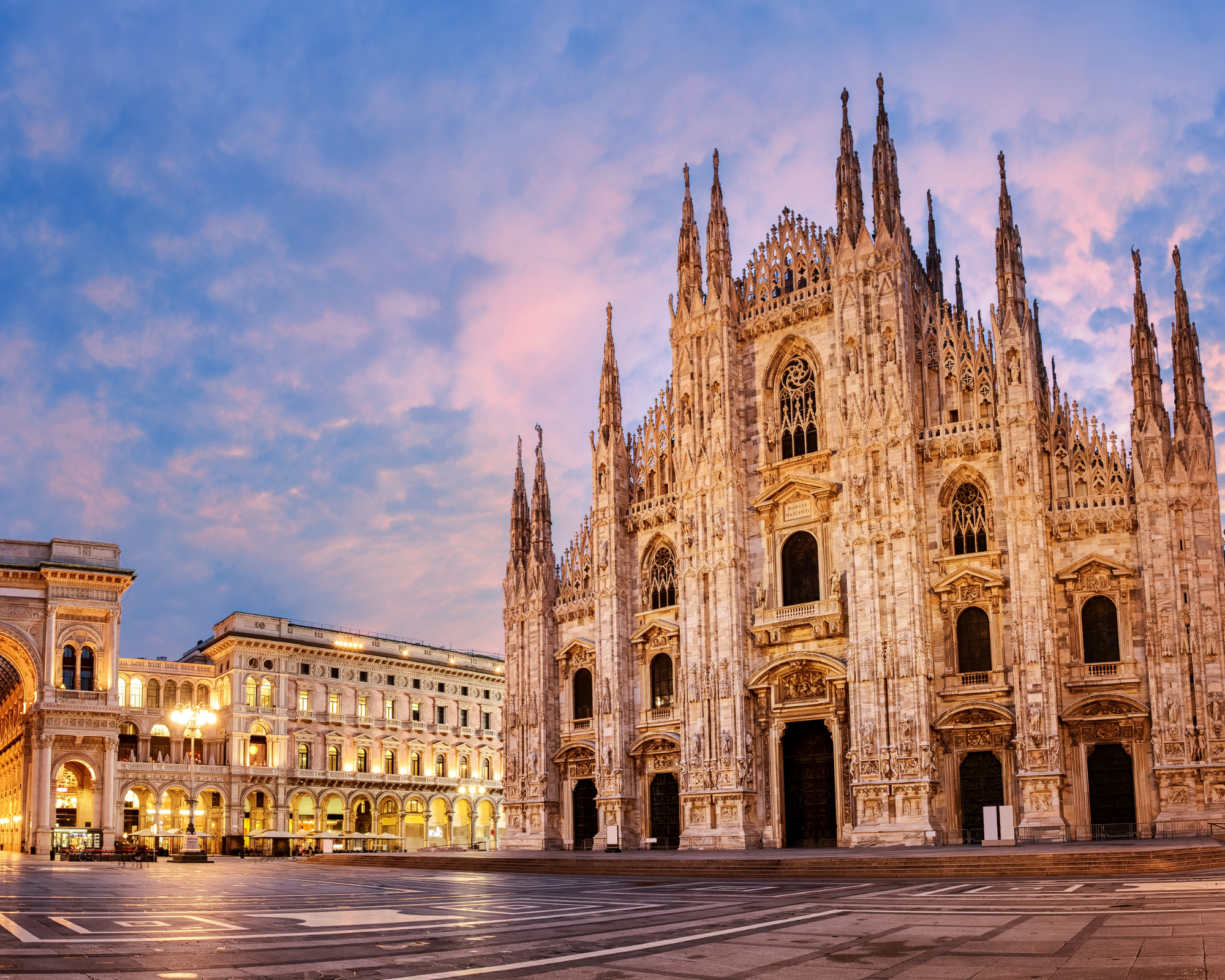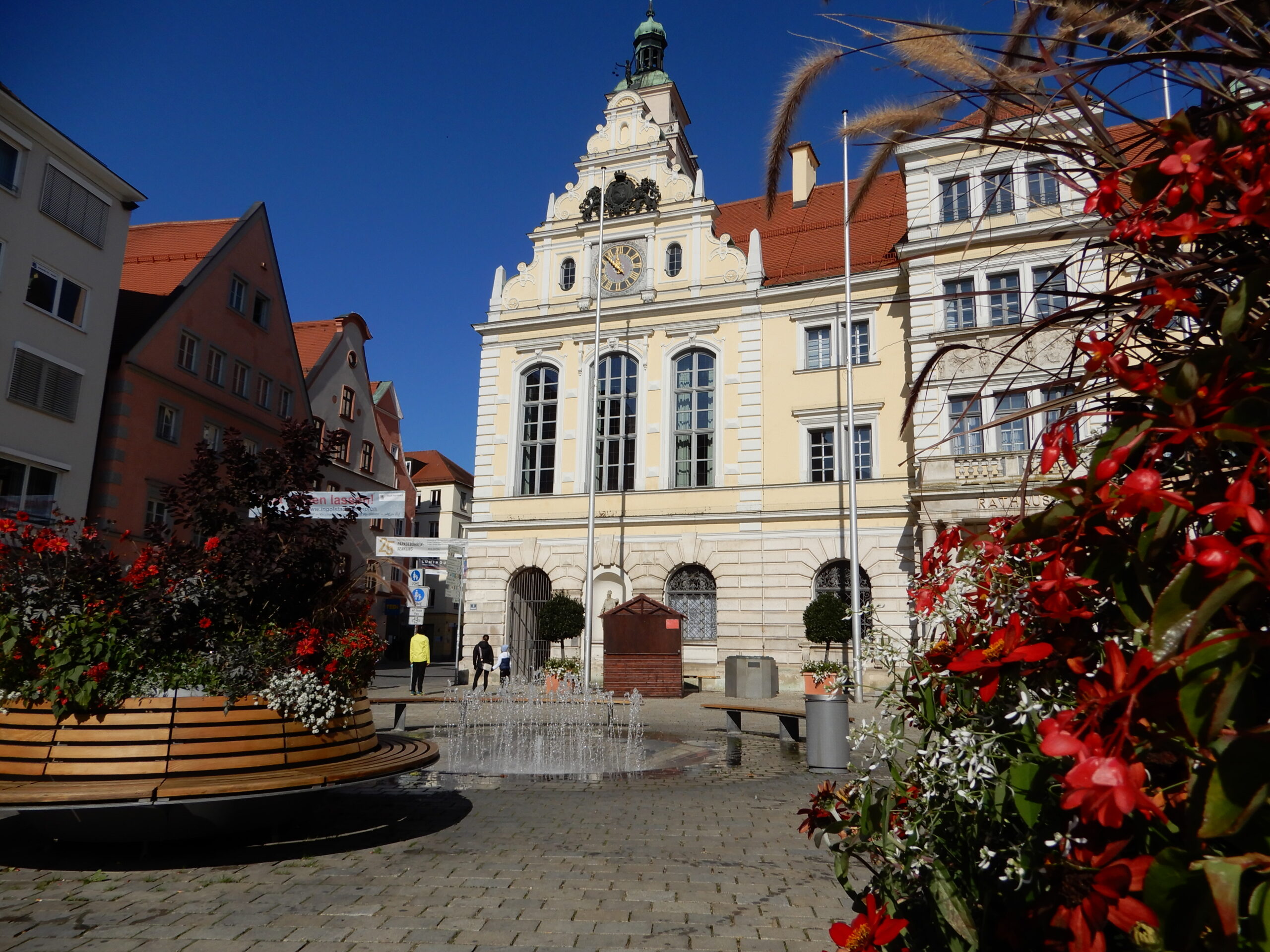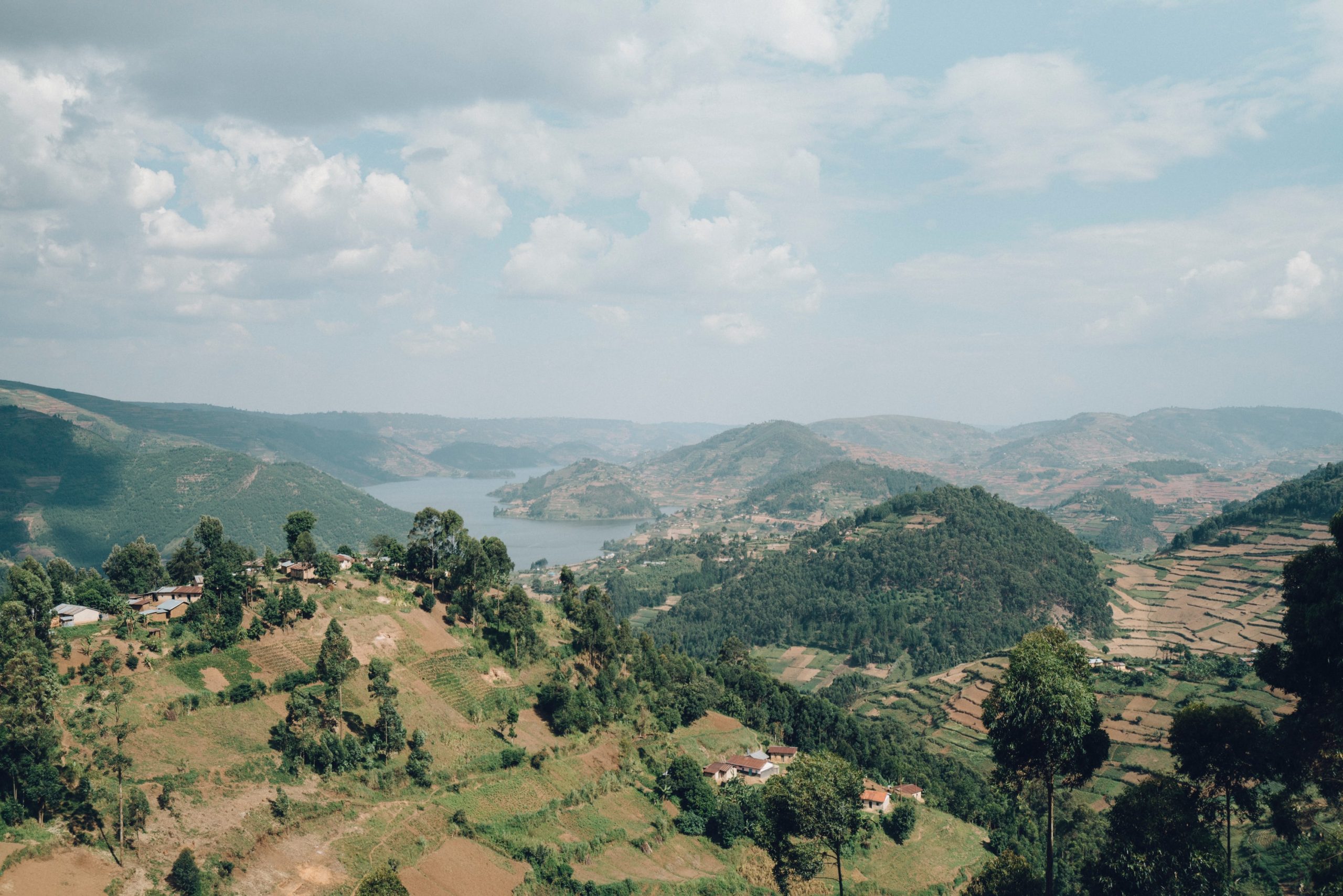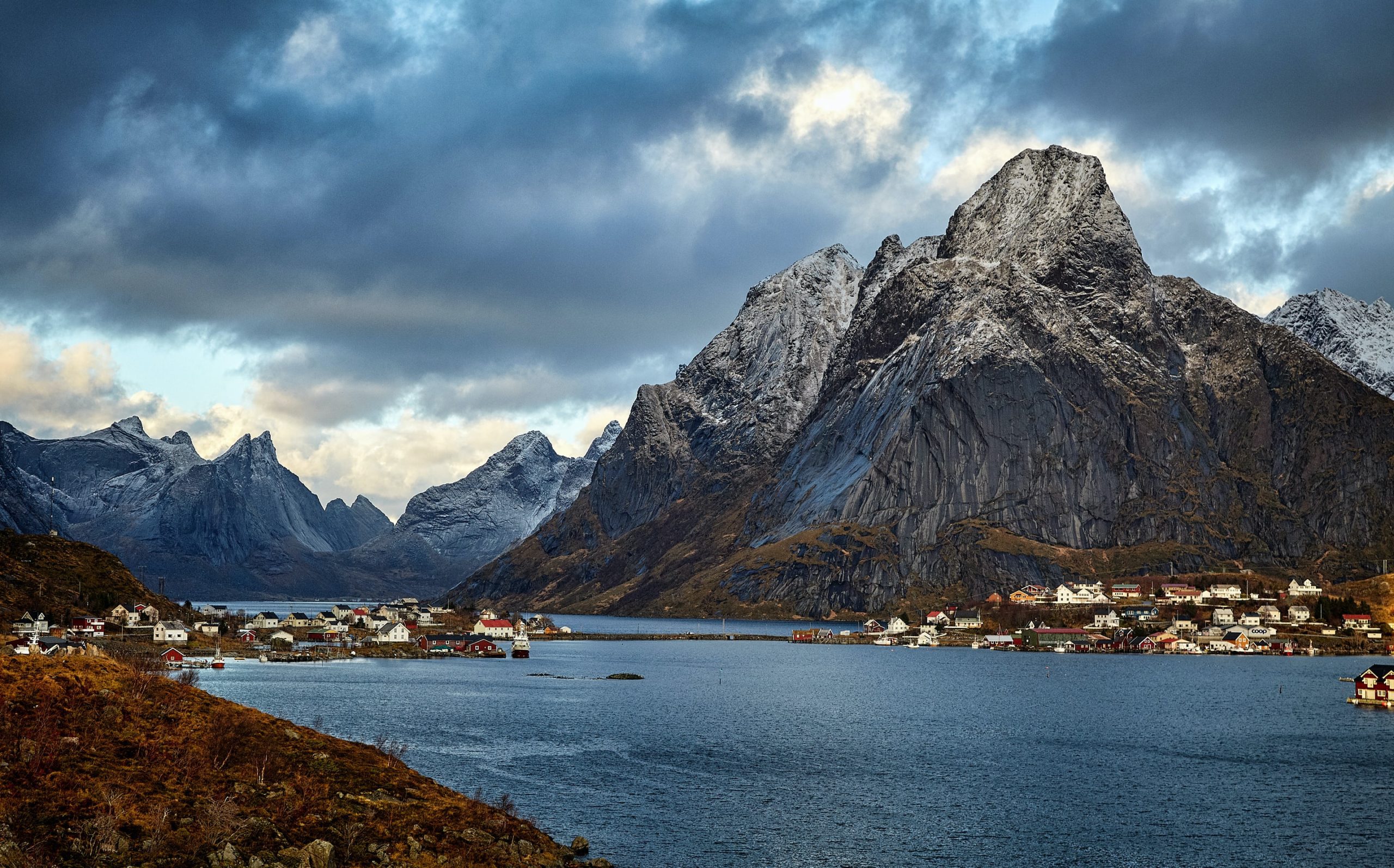
Norway Flag, Oslo, Bergen – Discover the Best 14 Attractions
Norway Flag, Oslo, Bergen - Discover the Best 14 Attractions
Norway The capital, Oslo, offers several noteworthy attractions, but the stunning scenery is what draws tourists in the most. We have the top travel agencies that can assist you in organizing your trip to Norway, whether you want to schedule a flight and hotel or just take a cruise!
With its mainland encompassing the western and northernmost part of the Scandinavian Peninsula, Norway is a Nordic nation in Northern Europe. Included in Norway are the Svalbard archipelago and the isolated Arctic island of Jan Mayen. Norway claims sovereignty over the Antarctic regions of Peter I Island and Queen Maud Land in addition to Bouvet Island, which is situated in the Subantarctic.

Photo Source : traveldreamdiary.com
Informations
Temperature:Summer season starts from late June to early August. Weather is warm and days are long and bright.
Language:The official language is Norwegian.
Currency: Euro
Food Prices:Meal in a cheap restaurant=18 EUR,Meal for 2 People, Mid-range Restaurant=79 EUR
You can find more information about the visa here.
Disclosure: Some of the links below are affiliate links, meaning that at no additional cost to you, I will receive a commission if you click through and make a purchase. Read our full affiliate disclosure here.
Things to do
Geirangerfjord
One of Norway’s most well-known fjords, the Geirangerfjord, was inducted as a UNESCO World Heritage Site on July 14, 2005. Situated in the province of Møre og Romsdal, it is roughly 200 km northeast of Bergen and 280 miles northwest of Oslo. It measures roughly 15 km in length and 0.6 to 1.3 km in width. The Sunnylvsfjord, which is a tributary of the Storfjord, continues into the Geiranger. Approximately 100 kilometers from the coast, Geiranger is situated at the mouth of the Geirangerfjord.
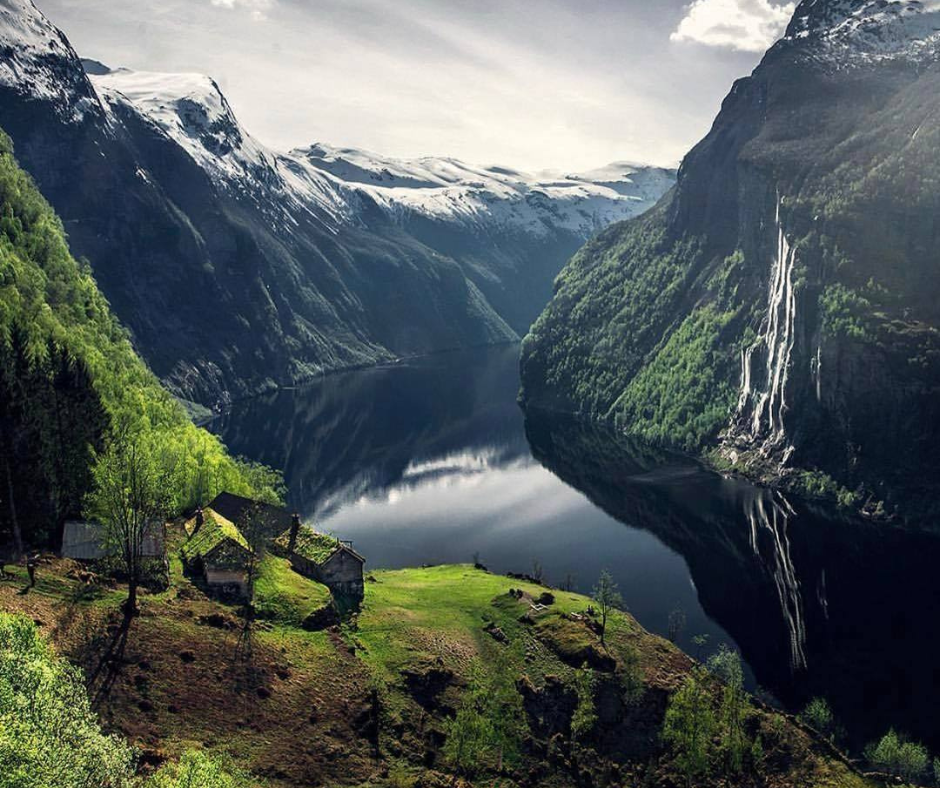
Photo Source : Oana Alexandra on Facebook
Pulpit Rock
Pulpit rock is a natural rock platform in Ryfylke in the Norwegian province of Rogaland and a tourist attraction with sweeping views over the Lysefjord and adjacent mountains. The edge of the rock drops 604 meters vertically into the almost 40 kilometer long fjord. The pulpit is a tourist attraction. It was hiked by a total of around 300,000 people in 2018, compared with 200,000 visitors in 2013. This is viewed critically by nature conservationists.
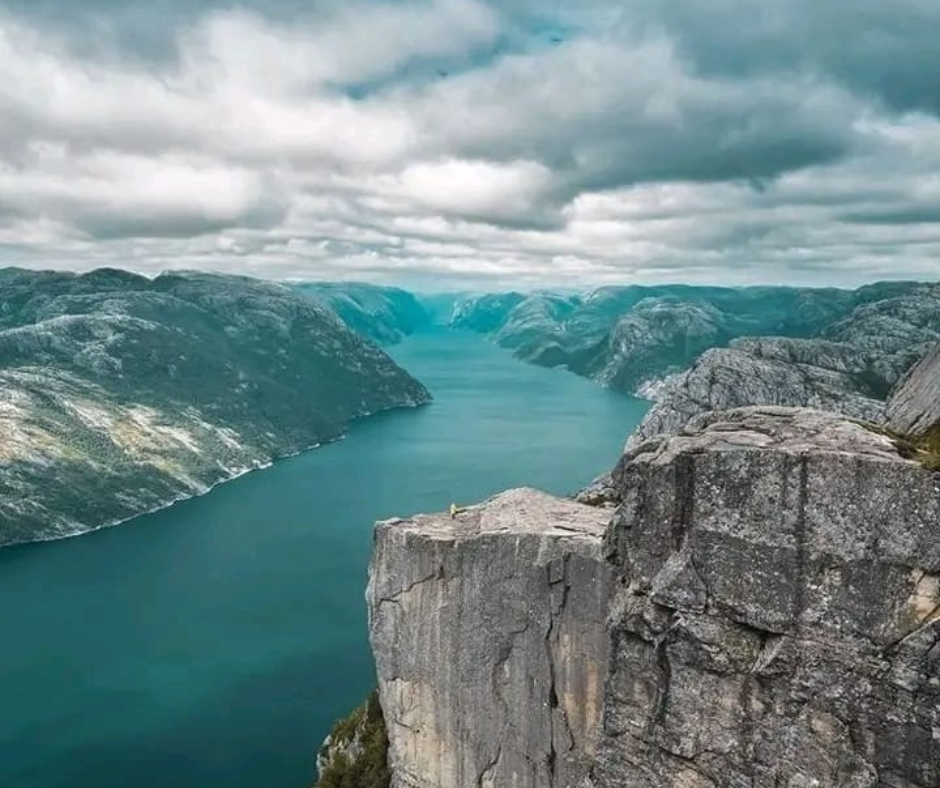
Photo Source : OanaAlexandra on canva.com
North Cape
On the north side of the Norwegian island of Magerøya, there is a cape called the North Cape that extends into the Arctic Ocean. Situated at 71° 10′ 21′′ north latitude, 514 kilometers north of the Arctic Circle, and around 2100 kilometers south of the North Pole, it is part of the municipality of Nordkapp, which bears his name. Since 1999, the North Cape has been the furthest northerly point of Europe accessible by car from the mainland. Renowned for its globe marker, the North Cape is a popular tourist site.
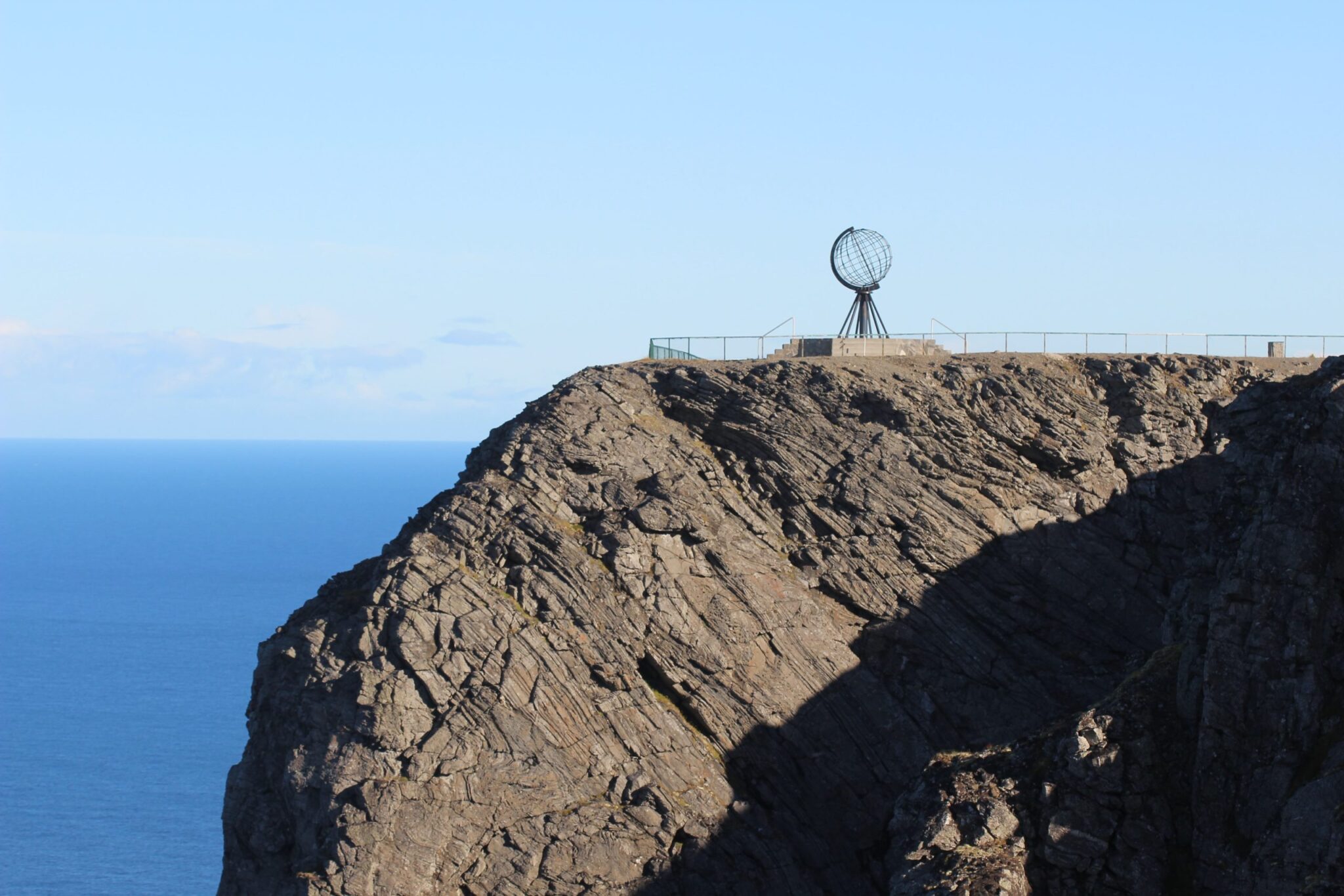
Photo Source : Oana Alexandra on Facebook
Tyske Brygge
The historic Hanseatic League trading offices in Bergen, Norway, are now known as Tyskebryggen, or the Hanseatic League Bryggen. The whole eastern shore of Vågen Bay is occupied by the Hansekontore.Bryggen in Bergen was rebuilt after the great fire of 1702, in the same style as the earlier “courtyards” where the Hanseatic merchants lived from 1350 to 1764. Bryggen is on the UNESCO World Heritage List.
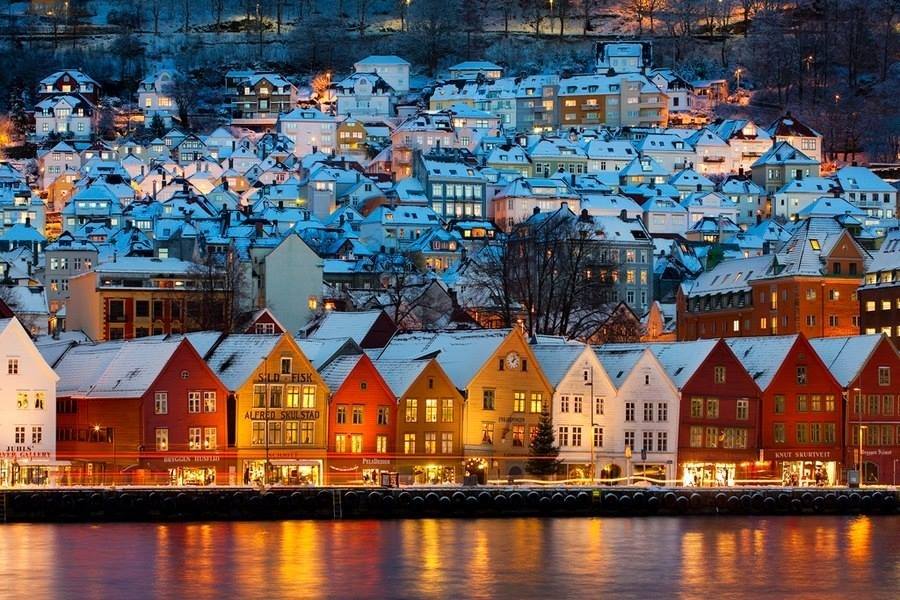
Photo Source : OanaAlexandra on canva.com
Trollstigen
Situated around 20 kilometers south of Åndalsnes, the Trollstigen is one of Norway’s most well-known tourist itineraries. It is the northern flank of a pass road that connects Romsdalsfjord, a tributary of the Storfjord, with Norddalsfjord, to the south.The eleven hairpin turns of the Trollstigen and the view of the Geirangerfjord from the Ørnesvingen viewpoint are two of the attractions of Geiranger-Trollstigen that will make your heart race.
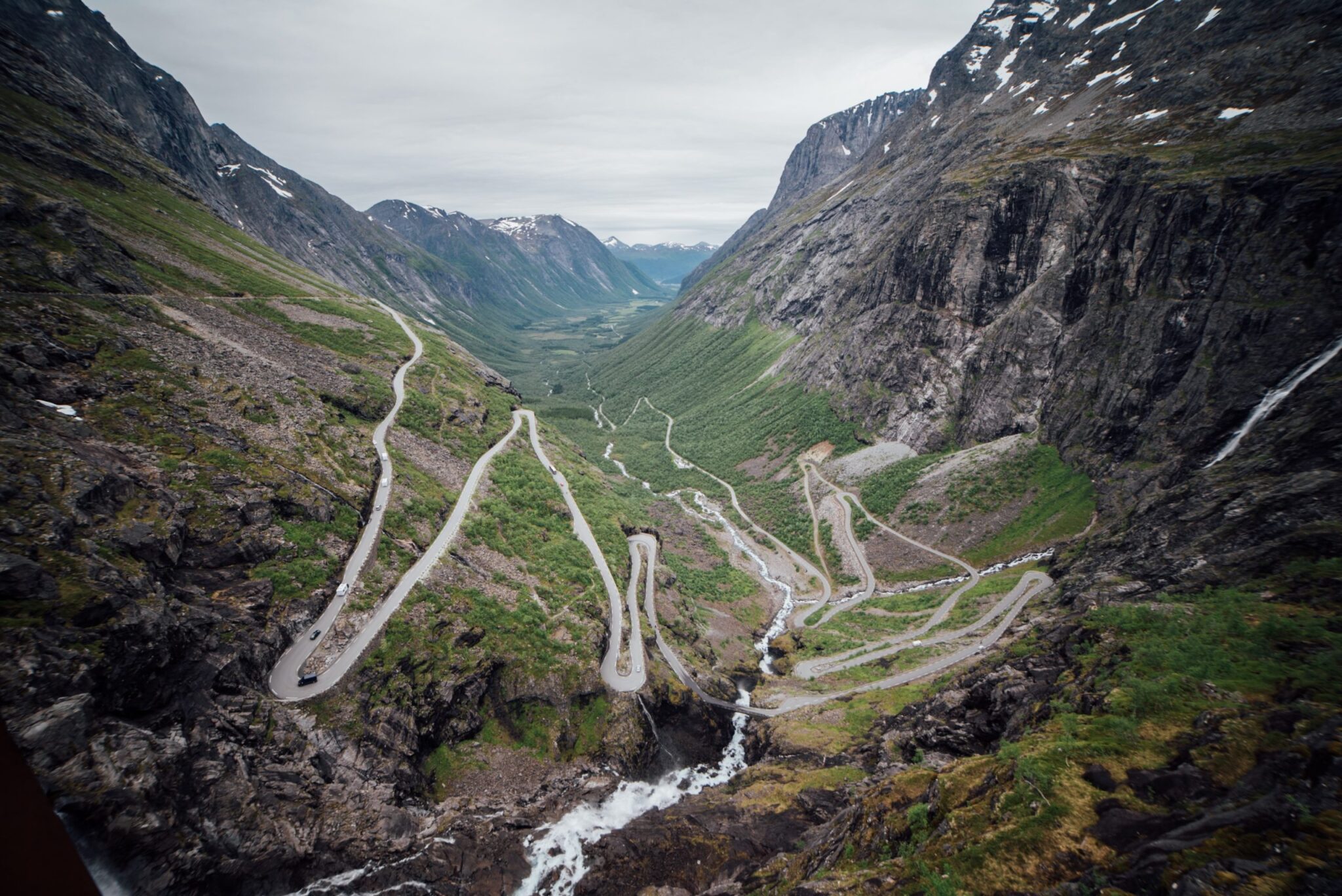
Photo Source : Oana Alexandra on Facebook
Vigelandsanlegget
The Vigelandsanlegget, which is situated in Frognerpark in Oslo, Norway, is often referred to as the Vigeland Sculpture Park or Vigeland Park.The cycle of human existence is symbolized by several sculptures. The so-called “monolith” depicts, among other things, the progression of an embryo into a toddler and all subsequent stages of life that an individual experiences. The structure as a whole is a massive assemblage of bronze statues and natural stone.
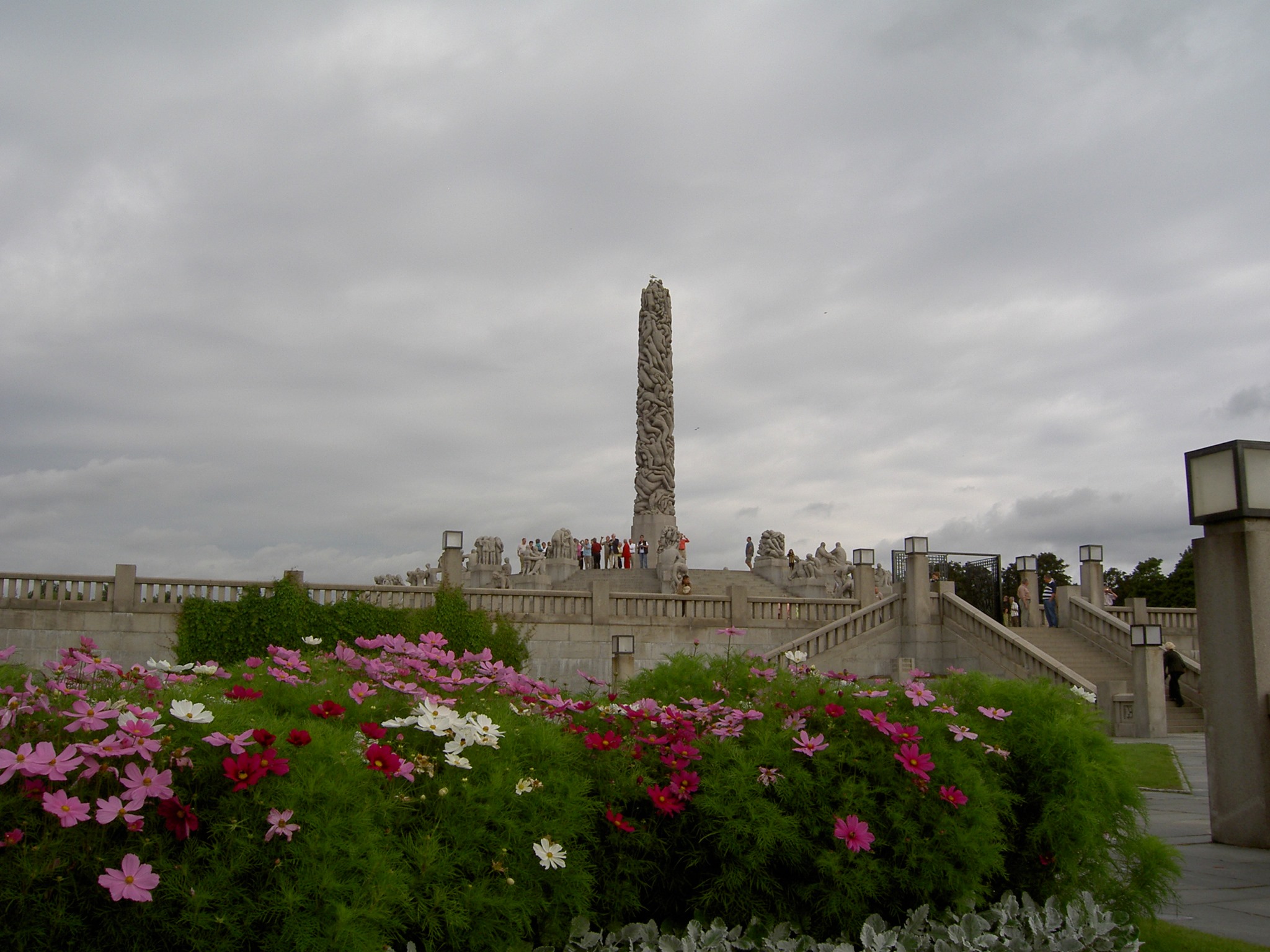
Photo Source : OanaAlexandra on canva.com
Akershus Fortress
Akershus Fortress, located in the center of Oslo, the capital of Norway, is a significant historical site. It is situated directly on the banks of the Oslofjord on the Akersneset peninsula. There, it distinguishes itself as a landmark and forms the city’s silhouette. Throughout its history, Akershus has experienced nine sieges and German occupation during World War II. The stronghold was also dreaded for serving as a national prison. The Norwegian government has utilized the exquisite chambers of the castle for representative purposes since it closed.
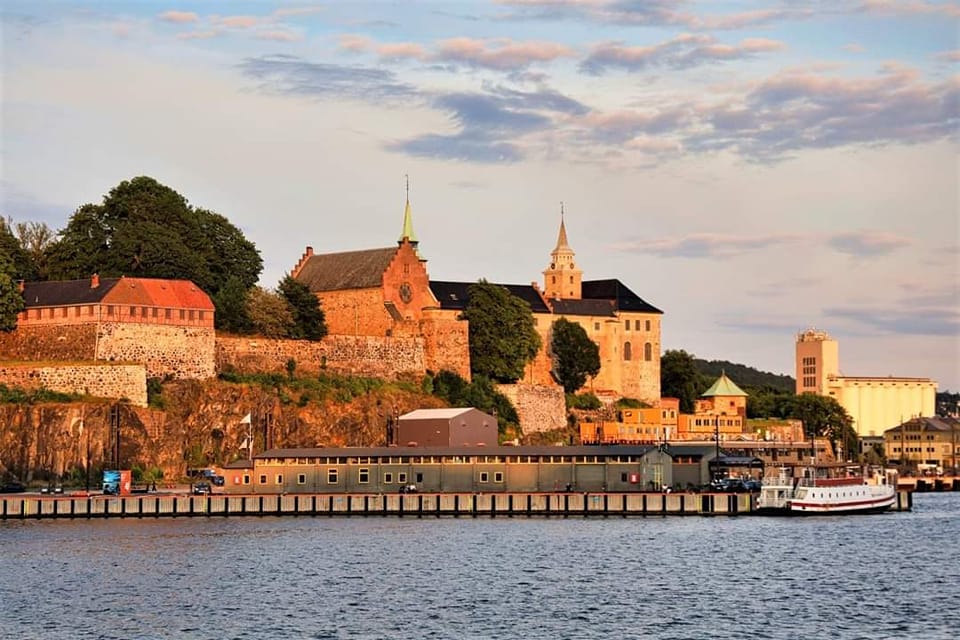
Photo Source : Oana Alexandra on Facebook
Oslo Opera House
Norway’s national opera theater, the Norwegian National Opera and Ballet, is housed in the Oslo Opera House. The structure is located at the head of the Oslofjord in the downtown Oslo neighborhood of Bjørvika.This brand-new structure in the heart of Norway’s city feels like the total antithesis of the customary “Please don’t touch” greeting that visitors encounter everywhere. Norwegian painters Kristian Blystad, Kalle Grude, and Jorunn Sannes signed the delicate structural changes of the marble-embellished roof, which is a genuinely stunning surface that is made to be walked on.
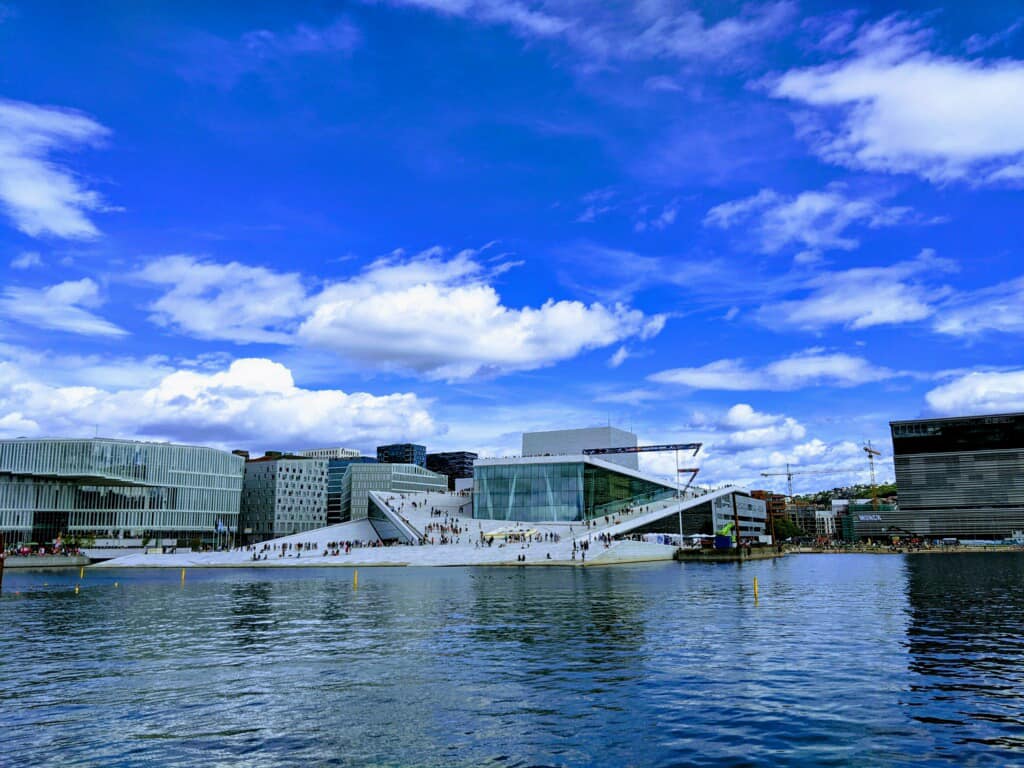
Photo Source : OanaAlexandra on canva.com
Vøringsfossen
Norway has a waterfall called Vøringsfossen. The largest water fall distance is 145 meters, while the fall height is 183 meters. The waterfall is located along the Rv 7, which runs from Oslo to Bergen, on the western border of the Hardangervidda in Eidfjord. In the spring, more than 150 cubic meters of water might be released when the snow melts. The river was regulated for the purpose of producing energy in 1980, therefore large amounts of water are no longer visible.
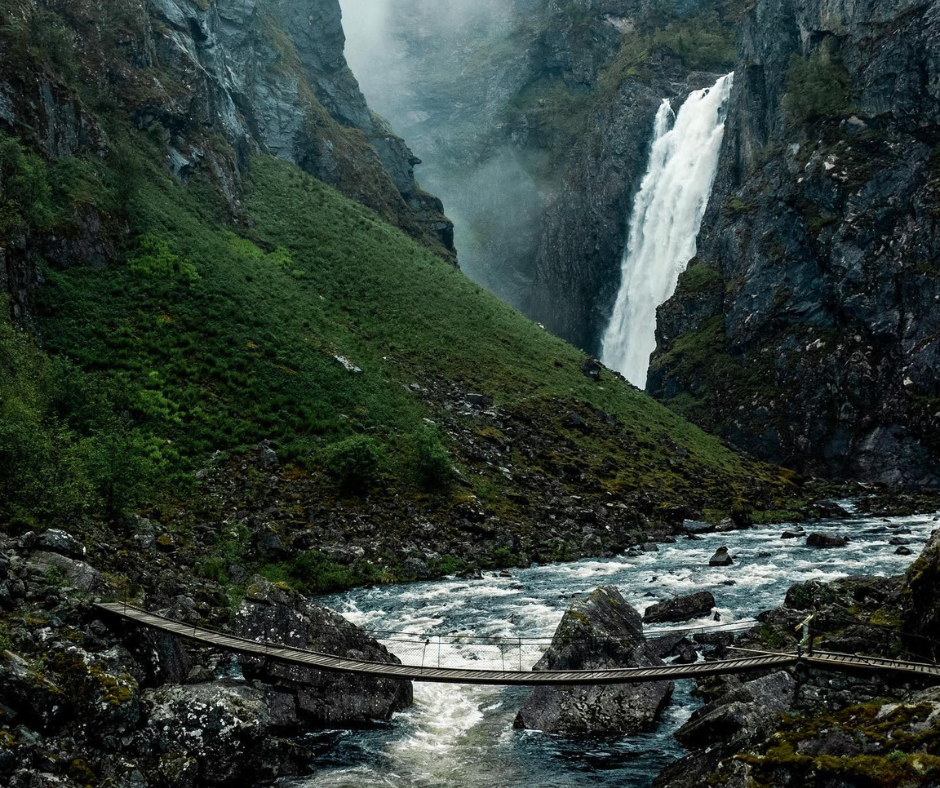
Photo Source : Oana Alexandra on Facebook
Nidaros Cathedral
One of the most significant cathedrals in Norway is the Nidaros Cathedral in Trondheim; it is regarded as a national shrine. Since 1152, it has served as the Norwegian Metropolitan Cathedral. The cathedral was also known as the “Heart of Norway” since Olaf the Saint’s shrine was located here, behind the high altar. It was converted into the cathedral of the Evangelical Lutheran bishops of Trondheim following the Reformation.
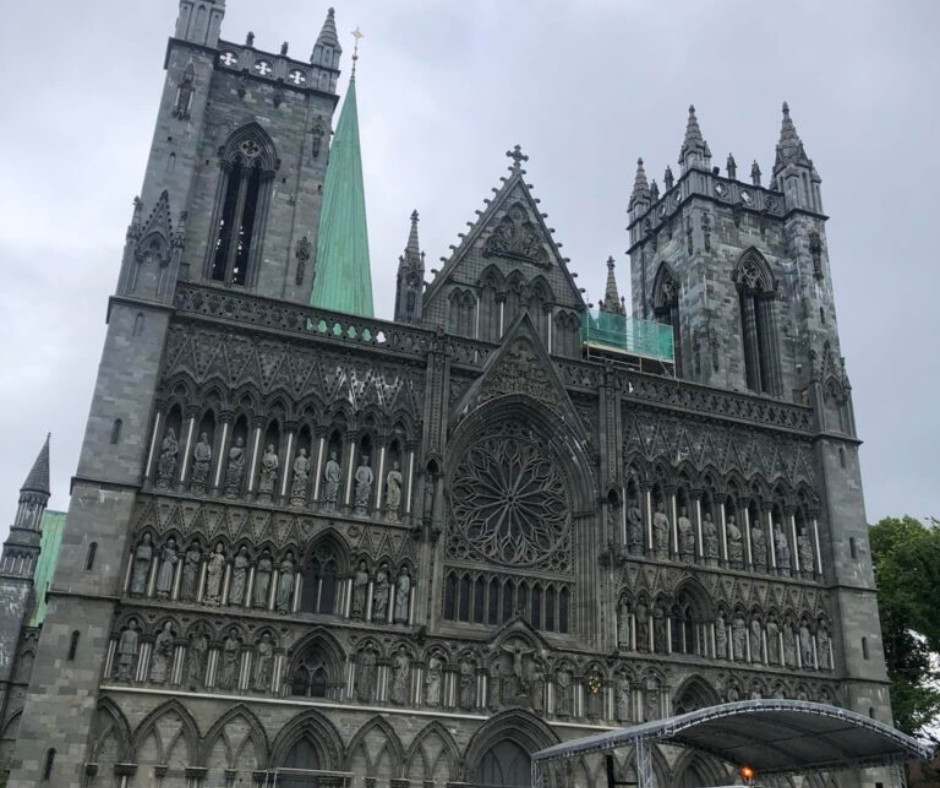
Photo Source : OanaAlexandra on canva.com
Stegastein
Stegastein is a watchtower located in the Norwegian municipality of Aurland. Situated approximately six kilometers from Aurlandsvangen’s center on the Snøveg road,. A parking lot has a viewing ramp that crosses the treetops to provide a view of the Aurlandsfjord and the settlement of Aurlandsvangen below. The ramp is located 640 meters above sea level and measures 4 meters wide by 30 meters long. Although the structure looks wooden, it is actually made of steel and covered with larch wood.
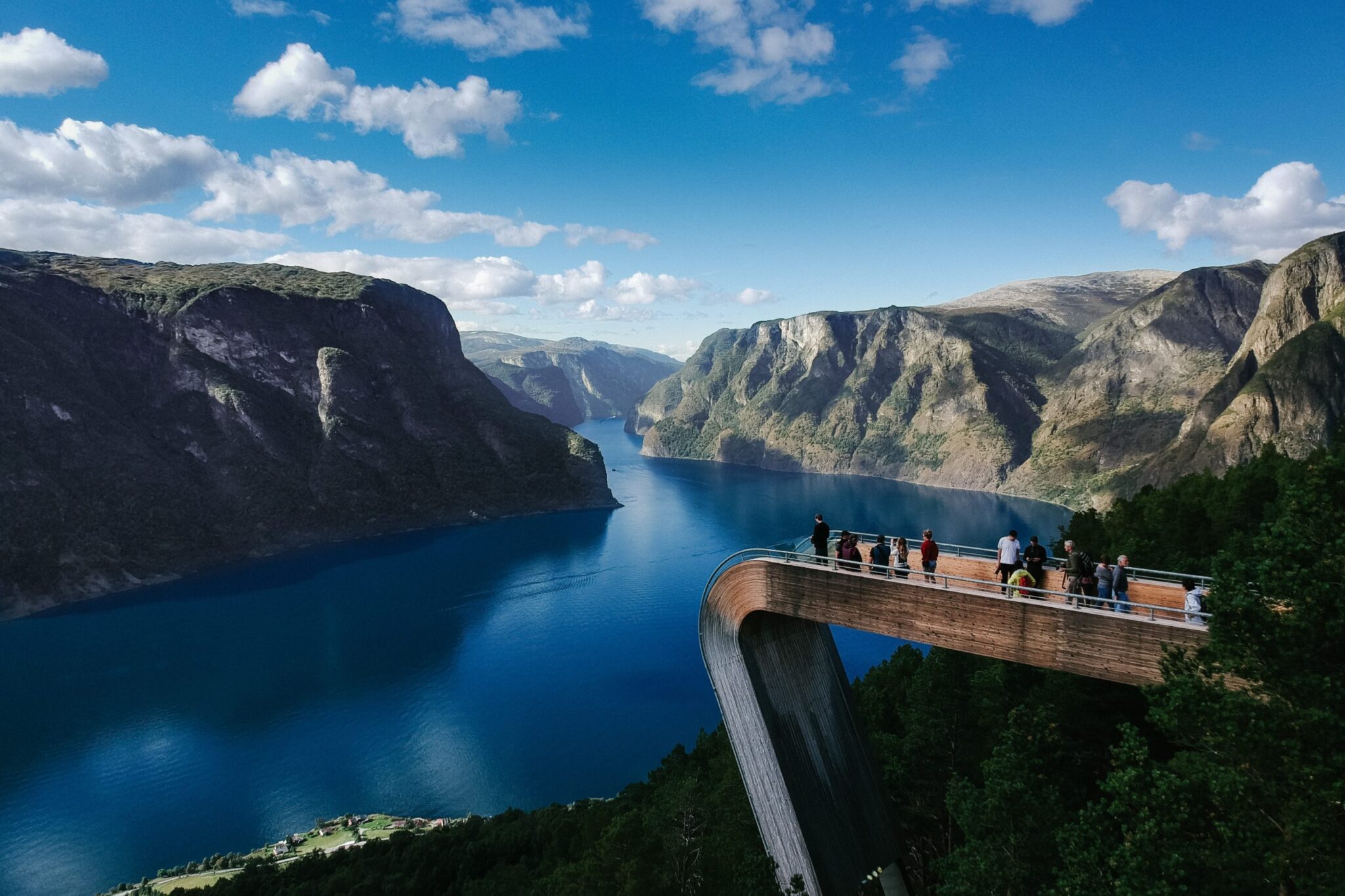
Photo Source : Oana Alexandra on Facebook
Hunderfossen Family Park
In the Norwegian province of Oppland, Hunderfossen Familiepark is a theme park located to the north of Lillehammer. With more than 275,000 visitors each summer, the park is one of Norway’s most popular tourist destinations. Winter Park is another feature of it, and it’s open from February until mid-March.
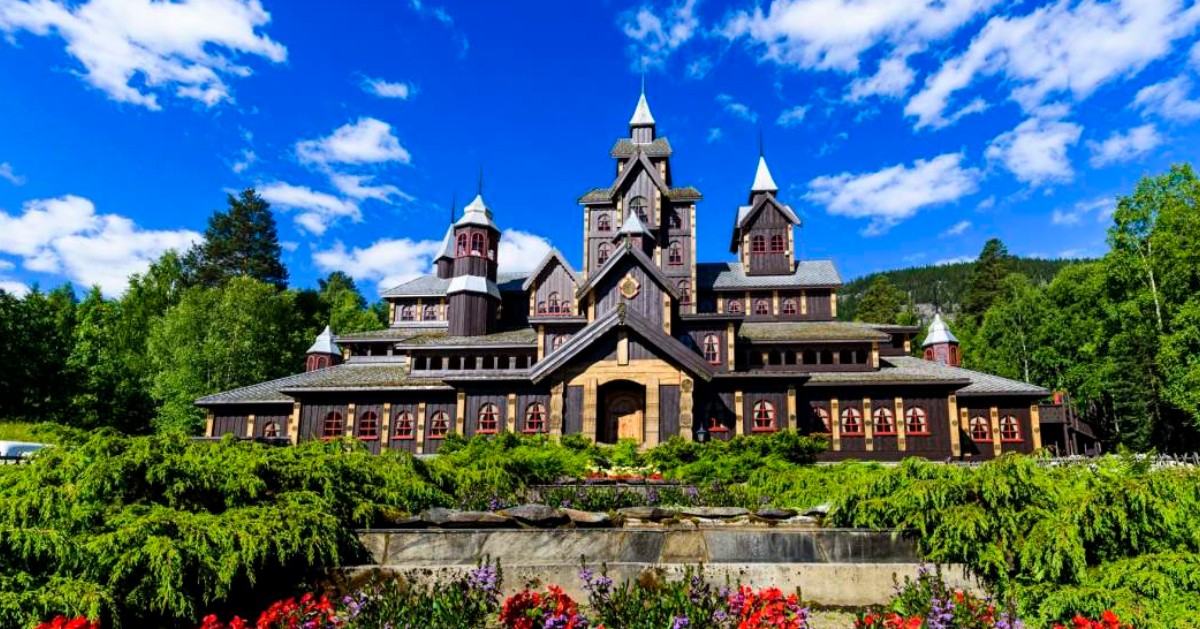
Photo Source : OanaAlexandra on canva.com
Steinsdalsfossen
About two kilometers west of Norheimsund, in the Norwegian municipality of Kvam, is a waterfall known as Steinsdalsfossen. It is regarded as one of Norway’s most popular waterfalls. Part of the river Fosselva, which originates at 814 meters above sea level in the lake Myklavatn and empties into the river Steinsdalselva just downstream from the waterfall, is the Steinsdalsfossen. It was formed in 1699 while the river was trying to find a new route, and its height is about 50 meters.
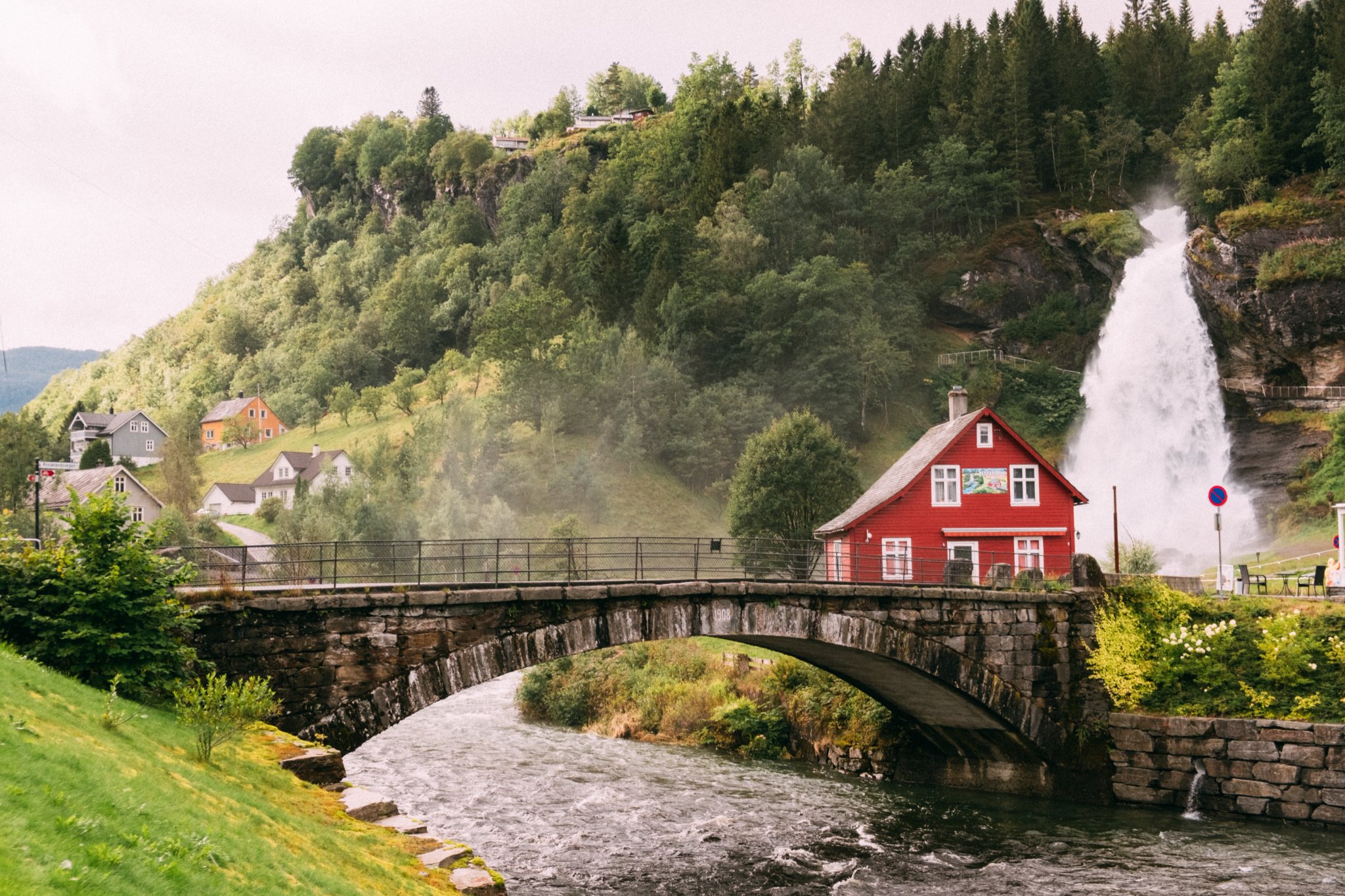
Photo Source : Oana Alexandra on Facebook
Låtefossen
With a total drop height of 165 meters, Låtefossen is a noteworthy twin waterfall from a tourism perspective. Situated directly on Trunk Road 13, across from the Folgefonna glacier’s slopes, it is roughly 20 kilometers south of Odda in the Norwegian province of Vestland. It forms the Hardangervidda’s western exit.
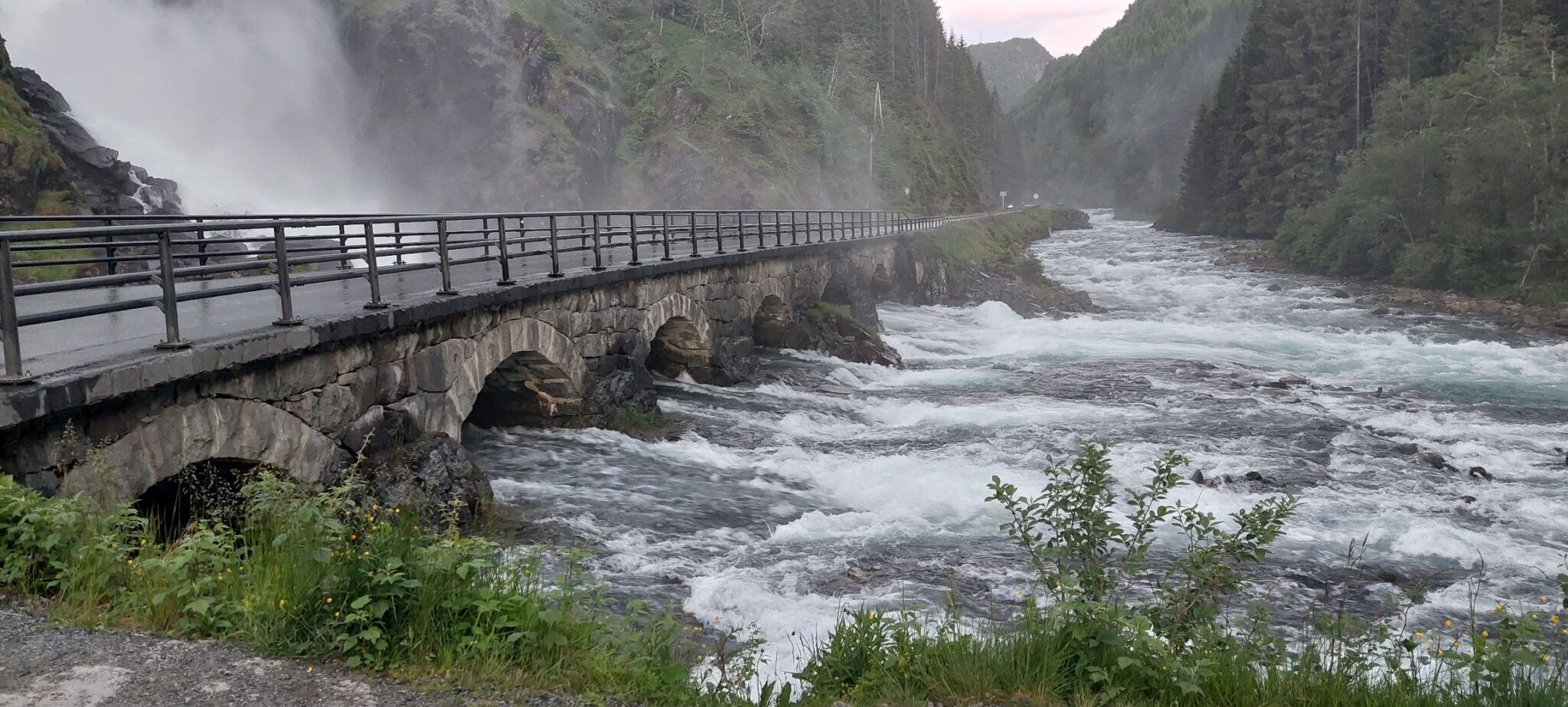
Photo Source : OanaAlexandra on canva.com
Book your perfect vacation!
Vacations: We are happy that we have the opportunity to work with the most famous companies in the world, we always order our vacations from these companies and we have never been disappointed: Check 24, Trivago, Trafalgar, TravelUp, Insight Vacations, Explorer Fernreisen.
Where to stay
Hotels, bed & breakfasts, and guesthouses, regardless of location—in the center of town, close to a lake, or amid natural surroundings. We were able to identify the top companies providing the best hotels: Booking.com, Trip.com, TravelUp, esky, Hoteltopia, Millennium Hotels and Explorer Fernreisen.
Saving Tips
A traditional Norwegian sour cream porridge called rømmegrøt is prepared using whole milk, wheat flour, butter, sour cream, cinnamon, sugar, and salt. A creamy Norwegian soup known as fiskesuppe is prepared with fresh fish, shellfish, root vegetables, and fresh herbs. Hearty Norwegian meal called fårikål, prepared with potatoes, cabbage, and lamb. A classic Norwegian Christmas dish called pinnekjøtt consists of steaming lamb ribs served with boiled potatoes and pureed rutabaga. A thick Norwegian stew composed with various meats, veggies, and potatoes is called lapskaus.

Photo Source : traveldreamdiary.com
Fish balls from Norway are called “smoked salmon fisherboller.” The term “kjøttkaker” describes traditional meatballs from Norway. The main ingredient in Norwegian bidos is slow-cooked reindeer meat, including the heart, together with potatoes, carrots, and onions. steak from whales
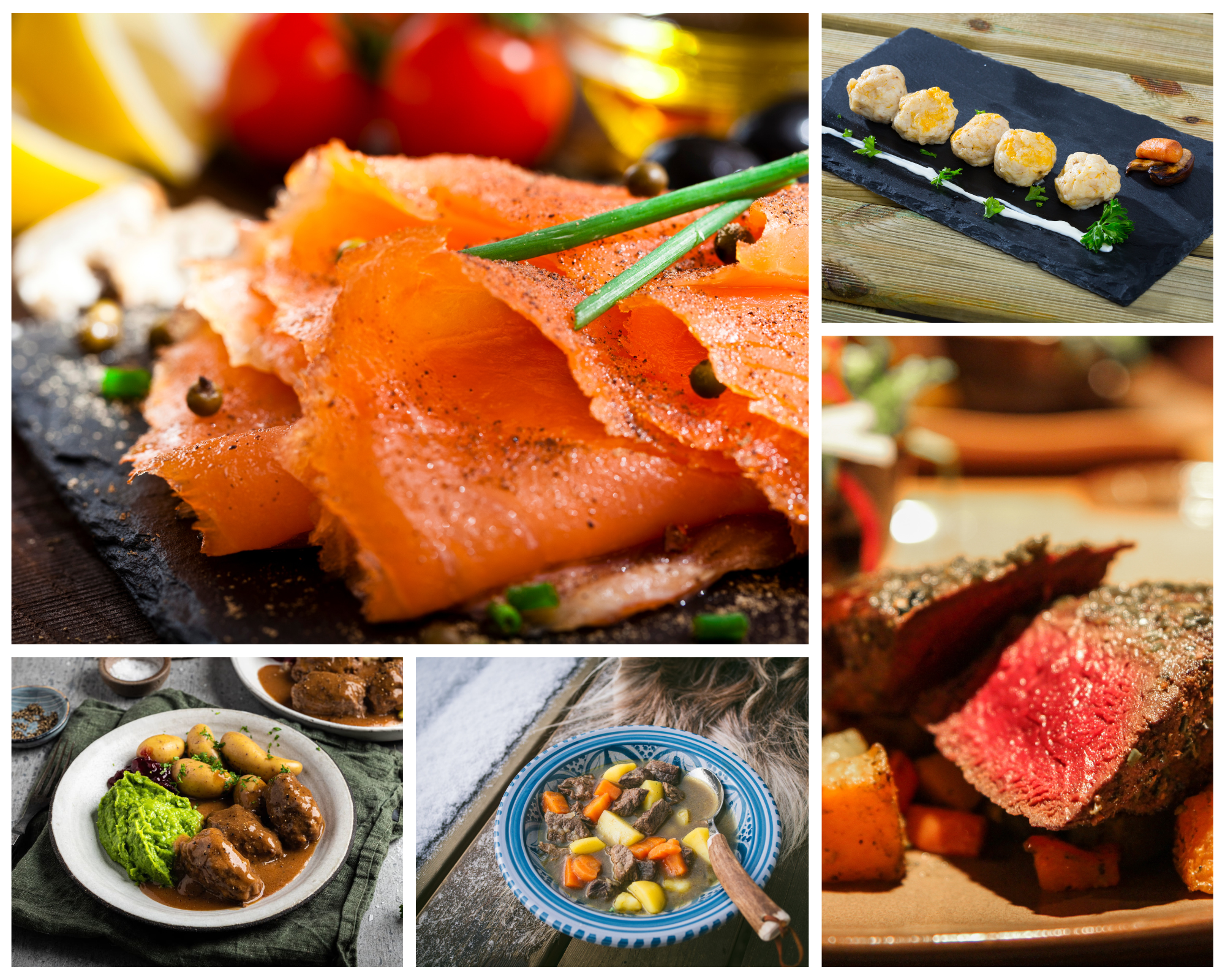
Photo Source : traveldreamdiary.com
A traditional Norwegian apple pie is called epelpai. A particular kind of Norwegian pastry called skolebolle is coated with coconut shavings and filled with custard. Christmas cookies from Norway are called sandbakelse. An ornamental iron mold with an elongated handle is used to create rosettbakkels. One kind of Norwegian Christmas bread is called julekake.

Photo Source : traveldreamdiary.com
Restaurants
Situated on Bryggen in Bergen, one of Norway’s most beautiful wharves, lies the restaurant Enhjørningen. You’ll find the greatest seafood here! Some of the greatest Indian food in Norway can be found at Mother India, an amazing Indian restaurant in Kristiansand. Skippergata: They have some of the best salads and sandwiches, and their lunch menu is constantly changing. Ett Bord: The lunch menu consists of a soup, salad, main course, and dessert. On the other hand, the supper menu features a more elaborate three-course meal.
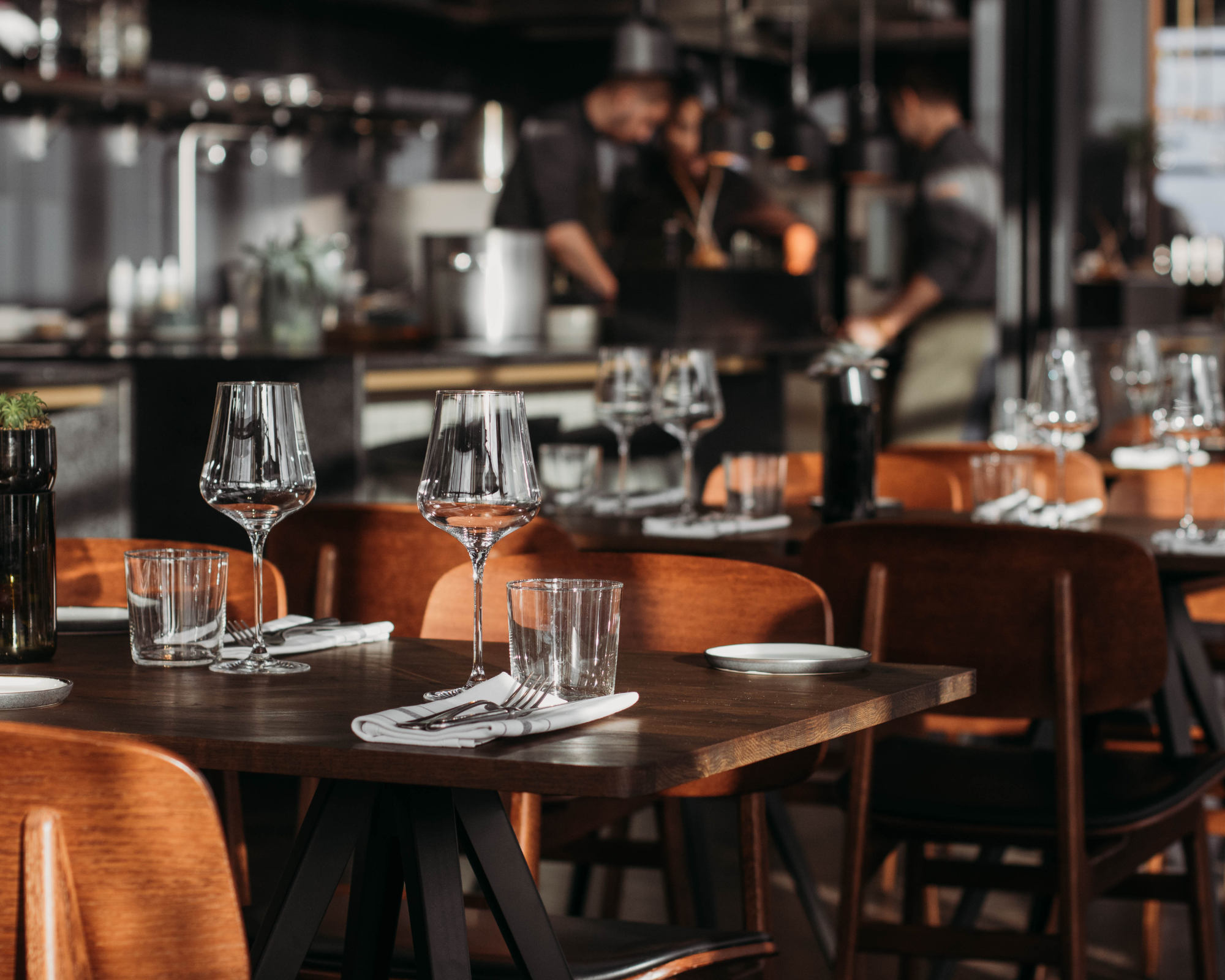
Photo Source : OanaAlexandra on canva.com
- Three Michelin stars are awarded to the highly regarded worldwide restaurant Maemo. Peder Hiort Mathus: This intriguing eatery serves a fusion of international and local dishes. Bagatelle: This Michelin-starred restaurant in Norway creates exquisite cuisine that organically blend elements of Europe and Asia.
Saving Tips
Take a low-cost airline like Norwegian or Ryanair. Another excellent way to stay in Norway is at a campground. Make food instead of ordering takeout. Sip from the faucet.

Photo Source : OanaAlexandra on canva.com
The greatest way to see Norway is by renting a car. When reservations are made directly and in advance of travel, Norwegian buses and trains are typically less expensive. Alcohol is pricey; a pint of beer can set you back more than ten euros.
Book your tours!
Tours: If you do not go by car and need to know more information about the tours, and things to see, we recommend these companies that are offering tours for any kind of activity you want to do and where you can buy trips much cheaper than if you buy them when you arrive at your destination. It is always good to be able to save some money!
Viator, Get Your Guide, Tiqets, City Sightseeing, Sesame, Sightseeing Pass, Contiki, Riviera Travel, CityPass: the best activities in town!
Shopping
From Bergen to Kirkenes, the well-known Hurtigruten coastal ferry makes stops at 34 ports throughout Norway. The emphasis is on luxury cruise packages, although you can reserve specific legs as well.

Photo Source : OanaAlexandra on canva.com
Located in the heart of Prague’s Old Town lies a square known as the Old Town Square. Prague’s oldest and most significant square is surrounded by historic structures in a variety of architectural styles, including the Gothic Tyn Church, the Baroque Church of St. Nicholas, the Old Town Hall with its renowned astronomical clock, and the Rococo Golz-Kinsky Palace. A imposing monument to the Czech reformer Jan Hus is located in the middle. The Old Town Square is crossed by the Royal Route, which is the ancient route used for the coronation of the Bohemian monarchs.
Getting Around
The nation’s rail system connects key cities like Bodø, Trondheim, Bergen, and Oslo. Trains in Norway offer roomy cars with lots of space for luggage, and the system is dependable. Sleeper trains are a truly fantastic substitute for flying and operate on some longer routes. The view is the only thing that’s likely to keep you awake in these compact, cozy compartments. The drawback is that tickets might be pricey. Tickets go on sale ninety days in advance, and you can save a lot of money by reserving even a few days before departure.
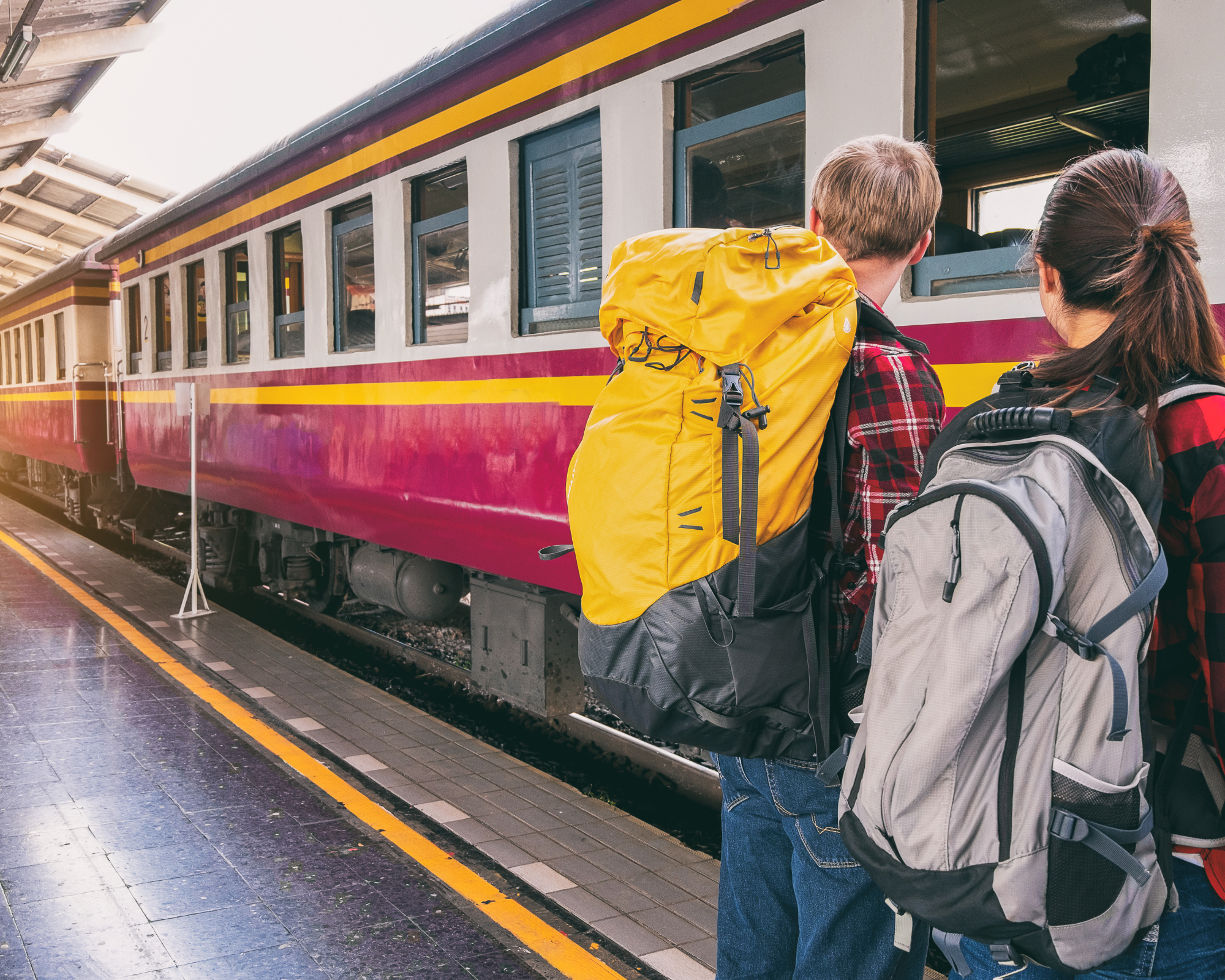
Photo Source : OanaAlexandra on canva.com
In Norway, buses are more affordable than trains, and you’ll need them in the more remote areas. Although there are fewer services on weekends and outside of the peak travel months (June to August), the bus network is effective. From Bergen to Kirkenes, the well-known Hurtigruten coastal ferry makes stops at 34 ports throughout Norway. The emphasis is on luxury cruise packages, although you can reserve specific legs as well.
Book your transport!
Rent a car!
Here you can find the best offers to rent the right car for you, as well as parking right in the airport: esky, Explorer, Centauro and intui.travel.
Getting Here
Numerous European locations as well as the east coast of the continental US provide direct flights to Norway. Asia, the Middle East, or Europe will need to be crossed on your route from Australia or New Zealand. Norway’s primary hub, Oslo Airport offers scheduled flights to and from over 100 foreign locations. Oslo serves as the primary domestic hub, making it convenient to travel to any final destination in Norway by air.
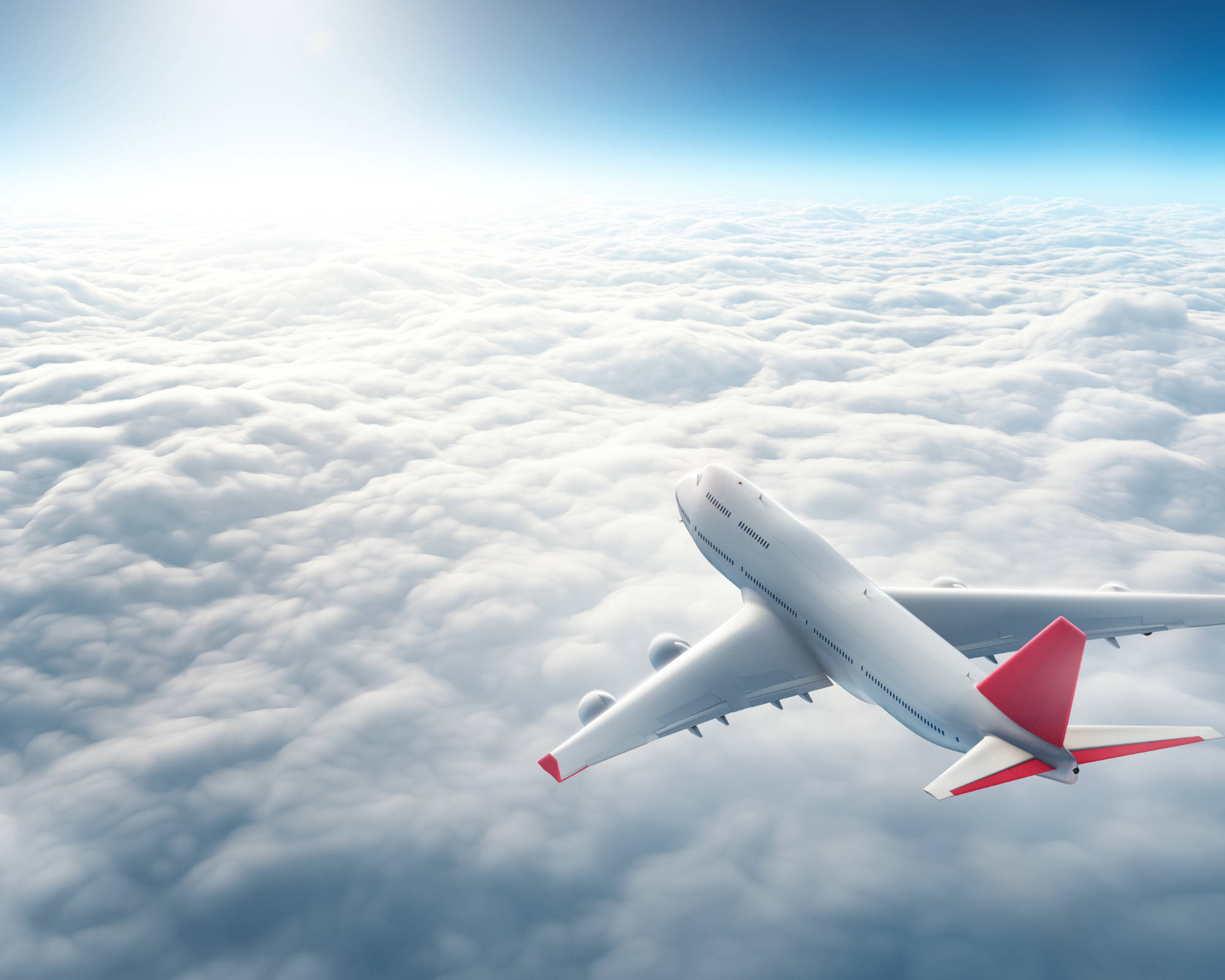
Photo Source : OanaAlexandra on canva.com
While there are more affordable options from London, the selection is less plentiful from the provincial airports in the UK for flights to Norway. The principal airport of arrival is Oslo Gardermoen. Flying is nearly always far less expensive than the tedious and time-consuming rail or vehicle ride from the UK to Norway. Although there aren’t any direct ferry services operating at the moment between the UK and Norway, it’s still a good idea to check if you want to drive your own vehicle.
Book tour Flights!
If you have not found your desired flight, or you simply want more flight options to find the best and cheapest, we will help you with the best flight plans, where you will definitely find what you are looking for. With just one click you will find the cheapest flights to a wonderful destination!
